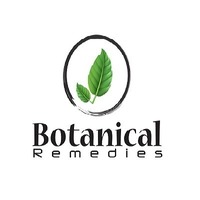https://www.brighteonbooks.com/product/the-doctors-guide-to-surviving-when-modern-medicine-fails-the-ultimate-natural-medicine-guide-to-preventing-disease-and-living-longer
Discover how to take personal responsibility for your own health and that of their families. Visit BrighteonBooks.com and find out more.
#remedies #alternativehealing #healthyliving #healthbenefits #fitness #cleansing

Instead of running to the doctor every time you get sick, you can avoid the illness in the first place with the solutions offered in The Doctor’s Guide to Surviving When Modern Medicine Fails. No matter your current state of health, these easy-to-follow steps will help you elevate your health and live a longer life.
www.brighteonbooks.com






